Introduction
Chow mein, a beloved staple of Chinese cuisine, has captured the hearts and palates of food enthusiasts worldwide. This dish, which translates to “stir-fried noodles,” is celebrated for its harmonious blend of textures—crispy, tender, and chewy—combined with a symphony of savory, umami-rich flavors. While it may seem intimidating to recreate at home, mastering the art of chow mein is achievable with the right techniques and ingredients. This comprehensive guide will walk you through every step, from selecting the perfect noodles to achieving that coveted wok hei (breath of the wok) flavor. Whether you’re a novice cook or a seasoned home chef, this recipe will empower you to craft a restaurant-quality chow mein in your own kitchen.
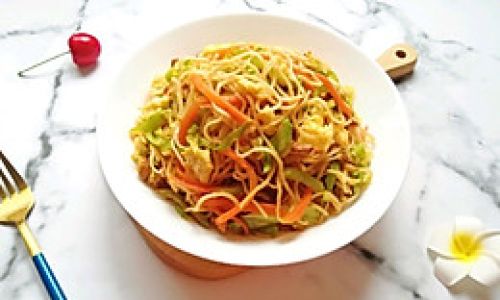
Understanding the Basics: What Makes Chow Mein Unique?
Chow mein’s appeal lies in its simplicity and versatility. Unlike lo mein, which features soft, saucy noodles, chow mein is characterized by its slightly crispy texture, achieved through stir-frying at high heat. The noodles are typically parboiled before being stir-fried with vegetables, protein, and a aromatic sauce. This dish can be customized endlessly, making it a perfect canvas for using leftover ingredients or catering to dietary preferences.
Ingredients You’ll Need
To create an authentic chow mein, gather the following ingredients. For optimal results, prioritize fresh, high-quality components.
Noodles
- Type: Use fresh or dried egg noodles, spaghetti, or lo mein noodles. Fresh noodles (often labeled as “chow mein noodles”) are ideal for their quick cooking time and ability to absorb flavors.
- Quantity: 8–10 ounces (225–280 grams) for 2–3 servings.
Protein (Choose One or a Combination)
- Chicken breast or thigh (thinly sliced, 8 ounces)
- Shrimp (peeled and deveined, 8 ounces)
- Tofu (firm, cubed, 8 ounces)
- Beef (flank steak, thinly sliced, 8 ounces)
Vegetables
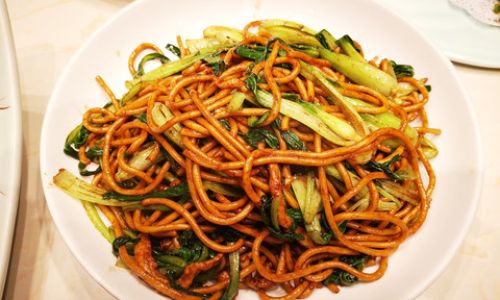
- Aromatics: 2 garlic cloves (minced), 1-inch ginger (grated)
- Crisp Vegetables: 1 cup shredded cabbage, 1 medium carrot (julienned), 1 bell pepper (thinly sliced)
- Quick-Cooking Veggies: 1 cup bean sprouts, 4–5 scallions (chopped, whites and greens separated)
Sauce
- 3 tablespoons soy sauce (low-sodium for less salt)
- 1 tablespoon oyster sauce (or vegetarian oyster sauce)
- 1 teaspoon sesame oil
- 1 teaspoon sugar (optional, to balance saltiness)
- 1/2 teaspoon white pepper (or black pepper)
- 1 tablespoon Shaoxing wine (or dry sherry, optional)
Oil and Seasonings
- 3 tablespoons vegetable oil (peanut or canola oil for high heat)
- 1/4 teaspoon salt (adjust to taste)
Step-by-Step Preparation
Preparing the Noodles
- Cooking: Boil the noodles according to package instructions, aiming for al dente texture (slightly undercooked, as they’ll continue cooking in the wok). Drain and rinse under cold water to stop cooking. Toss with 1 teaspoon of sesame oil to prevent sticking.
- Pro Tip: If using dried noodles, soak them in hot water for 5–7 minutes until pliable before stir-frying.
Prepping the Vegetables and Protein
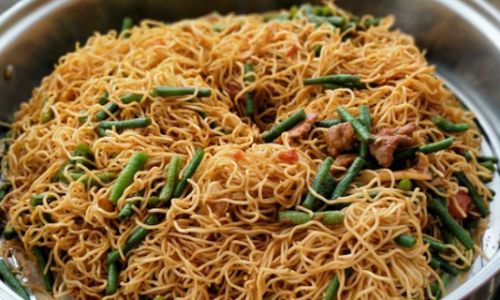
- Vegetables: Julienne carrots, slice bell peppers, and shred cabbage. Keep bean sprouts and scallion greens separate for adding later.
- Protein: Marinate sliced meat or tofu in 1 tablespoon soy sauce, 1 teaspoon cornstarch, and a pinch of pepper for 10–15 minutes. This tenderizes the protein and adds flavor.
Making the Sauce
Whisk together soy sauce, oyster sauce, sesame oil, sugar, white pepper, and Shaoxing wine (if using). Set aside.
Stir-Frying Technique
Stir-frying is a dance of heat, timing, and motion. Follow these steps for perfection:
- Heat the Wok: Place a carbon-steel wok or large skillet over high heat until smoking. Add 2 tablespoons of oil and swirl to coat.
- Cook the Aromatics: Add minced garlic and ginger. Stir-fry for 10–15 seconds until fragrant (be careful not to burn).
- Sear the Protein: Add marinated protein in a single layer. Let it cook undisturbed for 1–2 minutes to develop a golden sear, then toss until cooked through. Remove and set aside.
- Stir-Fry Vegetables: Add 1 tablespoon of oil to the wok. Toss in carrots, bell peppers, and cabbage whites. Stir-fry for 2–3 minutes until crisp-tender. Add bean sprouts and scallion whites; cook for 1 minute more.
- Combine Everything: Return the protein to the wok. Add the noodles and pour the sauce over. Use tongs or a spatula to toss vigorously, ensuring even coating. Cook for 2–3 minutes until noodles are slightly crispy and heated through.
- Final Touch: Drizzle with a touch of sesame oil and garnish with scallion greens.
Serving Suggestions
Chow mein pairs beautifully with:
- A side of steamed dumplings or spring rolls.
- A drizzle of chili oil or sriracha for heat.
- A crisp cucumber salad or pickled vegetables.
Tips for Achieving Wok Hei
Wok hei, the elusive “breath of the wok,” is that smoky, charred flavor that elevates stir-fries. To replicate it at home:
- High Heat: Use the highest flame possible. A carbon-steel wok retains heat better than nonstick pans.
- Minimal Movement: Let the ingredients sear briefly before tossing to develop caramelization.
- Avoid Overcrowding: Cook in batches if needed to prevent steaming.
Common Mistakes to Avoid
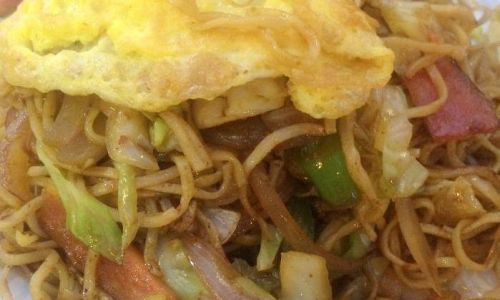
- Overcooking Noodles: Parboil until just tender; they’ll soften further in the wok.
- Skipping the Marinade: Marinating protein ensures juiciness and flavor penetration.
- Adding Sauce Too Early: Pour the sauce after veggies and protein are cooked to prevent sogginess.
- Underseasoning: Taste and adjust salt/pepper at the end.
Variations and Customizations
- Vegetarian Chow Mein: Use tofu, edamame, and extra vegetables. Swap oyster sauce with mushroom-flavored sauce.
- Spicy Chow Mein: Add chili paste, Sichuan peppercorns, or fresh bird’s eye chilies.
- Gluten-Free Option: Use tamari or coconut aminos instead of soy sauce, and rice noodles.
Conclusion
Crafting the perfect chow mein is an exercise in patience and precision, but the results are well worth the effort. By mastering the balance of textures and flavors, you’ll create a dish that rivals any takeout version. Remember, practice makes perfect—don’t be discouraged by the first attempt. Over time, you’ll develop an intuition for adjusting heat, timing, and seasonings to suit your taste. Whether you’re cooking for a weeknight dinner or impressing guests, this chow mein recipe is a testament to the joy of homemade cuisine. So grab your wok, fire up the stove, and embark on a culinary adventure that bridges tradition and innovation. Your taste buds will thank you.
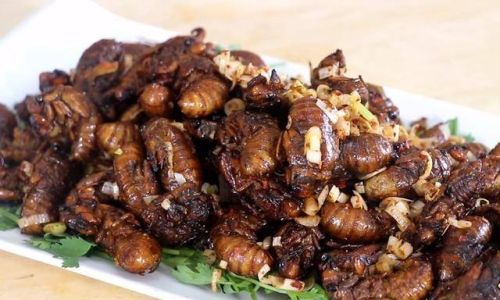
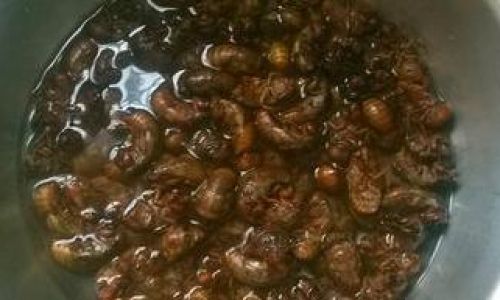
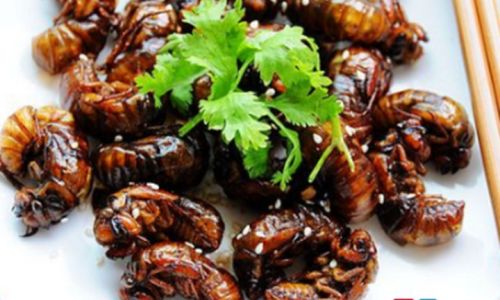

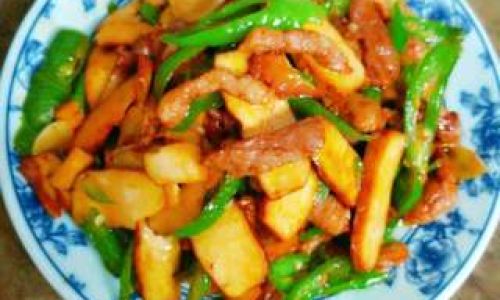
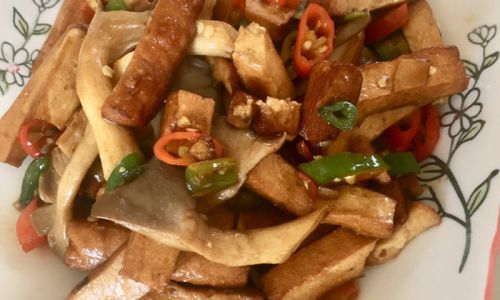
0 comments